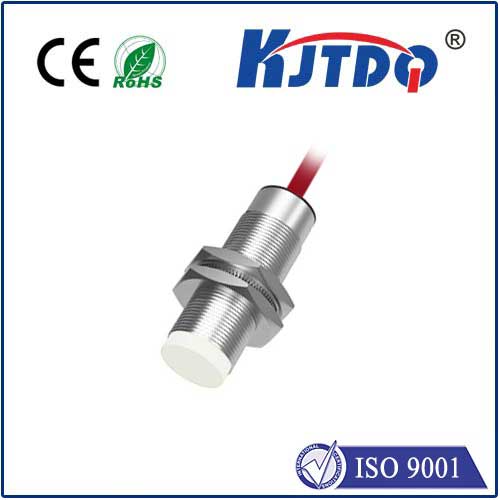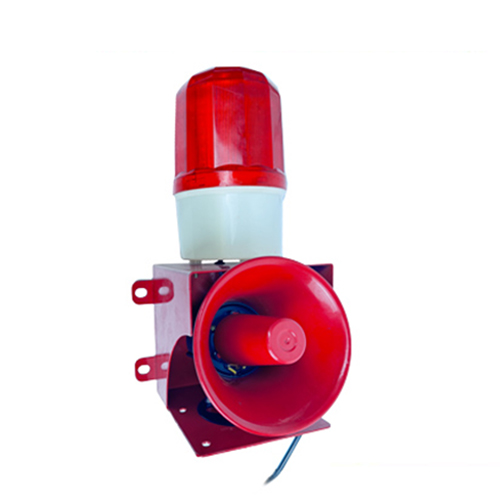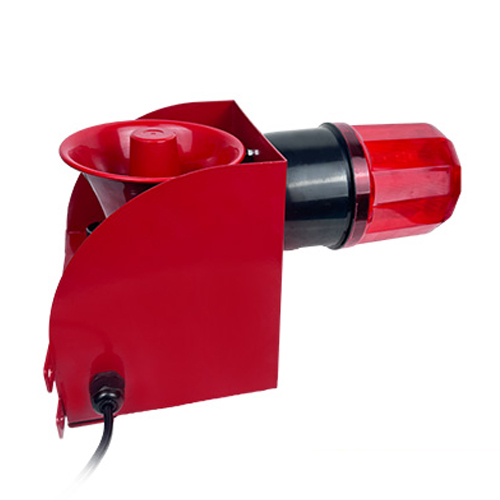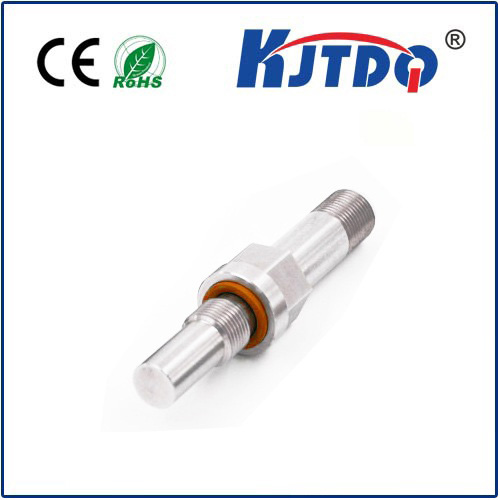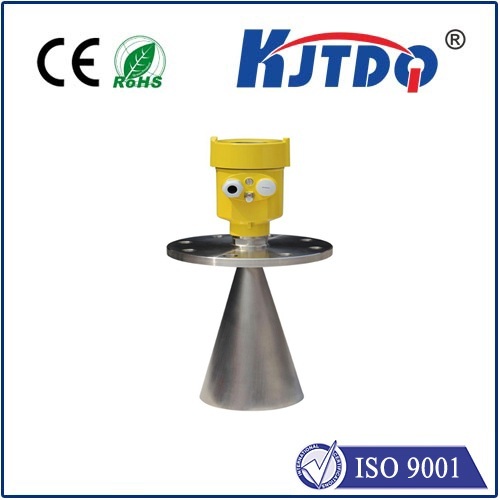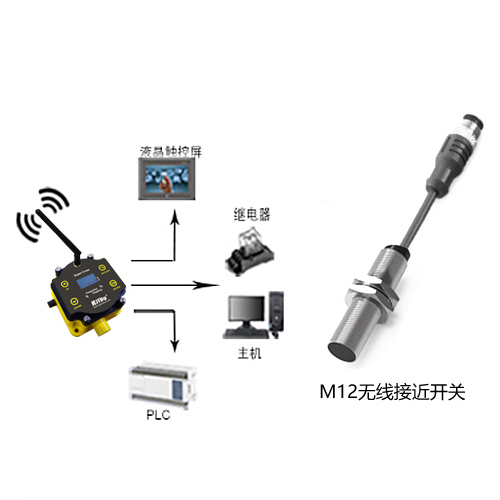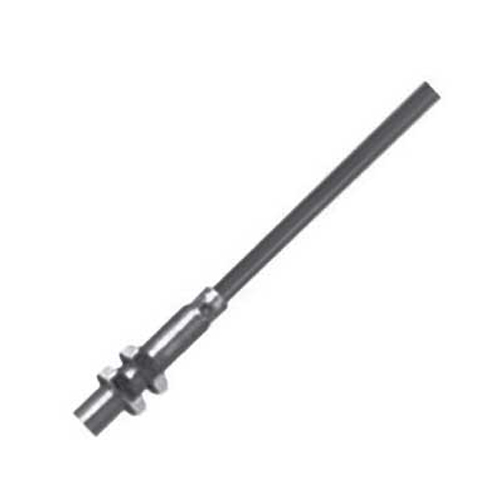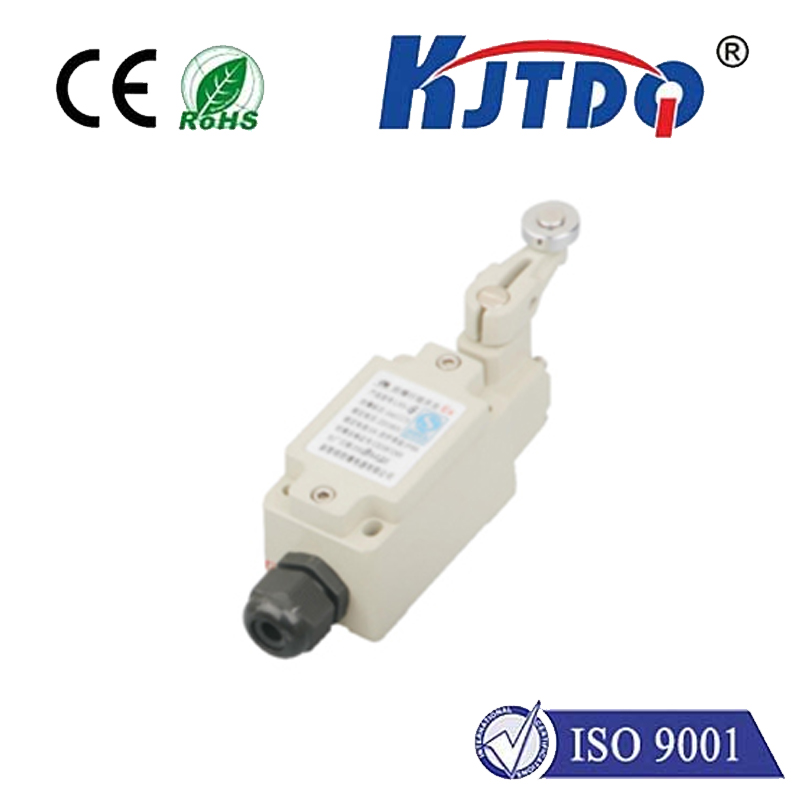

check

check

check

check

check

check

check

check

check

check
Title: Non-Flush Proximity Sensors: Revolutionizing Distance Detection
Introduction
In the rapidly advancing world of technology, non-flush proximity sensors have emerged as a game-changer in various industries. These sensors are designed to detect the distance between two objects without physically touching them or creating a contact. This article explores the working principle, applications, and benefits of non-flush proximity sensors.
Section 1: Working Principles
A non-flush proximity sensor works by emitting a low-frequency electromagnetic field. When an object comes into contact with this field, it creates a magnetic field that interacts with the sensor's magnetic field. The interaction results in a change in the electrical signal generated by the sensor, which is then used to determine the distance between the two objects.
One of the key advantages of using non-flush proximity sensors is their ability to detect distances without being obstructed by objects. This makes them ideal for use in applications where physical contact is not possible or desirable, such as medical devices, automotive safety systems, and industrial automation.
Section 2: Applications
Non-flush proximity sensors have numerous applications across various industries. In the medical sector, these sensors can be used to measure body fat percentage, blood pressure, and heart rate. They can also be used to monitor the activity levels of elderly patients and detect falls before they occur.
In the automotive industry, non-flush proximity sensors are used to prevent accidents by detecting obstacles on the road ahead. They can also be used to monitor the position of parking aids and ensure that vehicles are parked safely.
In industrial settings, non-flush proximity sensors are employed to detect machinery malfunctions, improve efficiency, and reduce downtime. They can also be used for inventory control and quality control purposes.
Section 3: Benefits
The benefits of using non-flush proximity sensors are numerous. They offer a more accurate and reliable distance measurement compared to traditional methods such as ultrasonic sensors,雷达, and optical sensors. Additionally, non-flush proximity sensors do not produce any radiation or require maintenance, making them safer and more cost-effective over time.
Another significant advantage of non-flush proximity sensors is their versatility. They can be used in a variety of applications, from consumer electronics to industrial machinery, due to their non-contact design. This makes them suitable for use in environments where hygiene and sanitation are critical, such as healthcare facilities and food processing plants.
Conclusion
In conclusion, non-flush proximity sensors have revolutionized distance detection in various industries. Their ability to detect distances without physical contact has made them an attractive option for many applications where traditional methods are not suitable or preferred. As technology continues to evolve, we can expect to see even more innovative uses for non-flush proximity sensors in the future.


